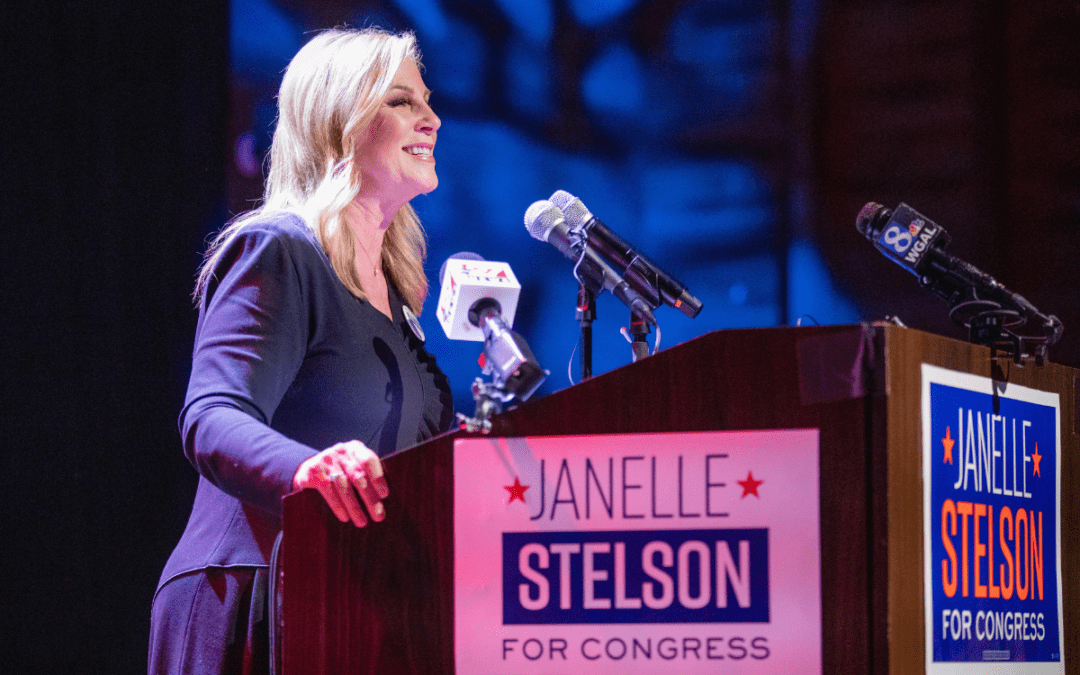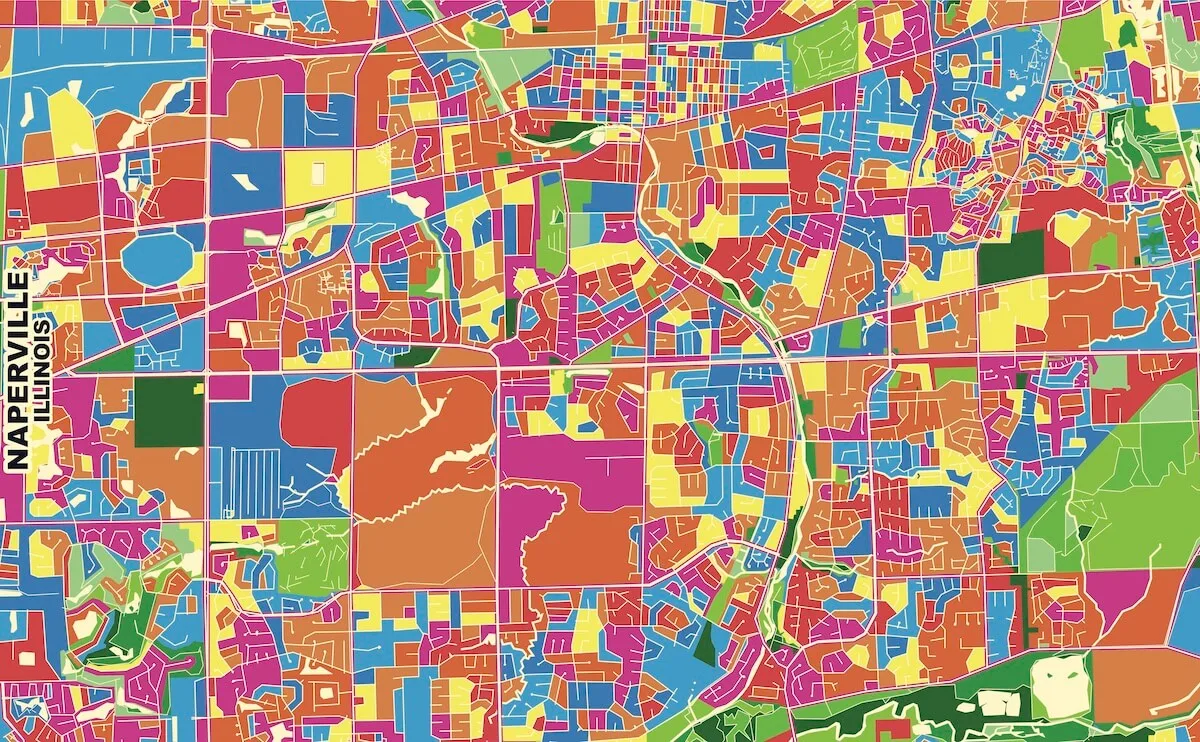
Approximately 20% of Naperville, Illinois’s population includes foreign-born residents. Image via Shutterstock
The president has repeatedly suggested that “minorities” are taking the suburbs away from white voters and “ruining the American Dream.” The facts say otherwise.
During a campaign rally in Johnstown, Pennsylvania, Tuesday evening, President Donald Trump tried to once again court white suburban voters by touting his rollback of a policy aimed at expanding low-income housing.
“Suburban women, they should like me more than anybody here tonight because I ended the regulation that destroyed your neighborhood,” he told a crowd of thousands at John Murtha Johnstown-Cambria County Airport. The Obama-era Affirmatively Furthering Fair Housing (AFFH) rule, which was repealed in July, required cities and towns that get federal housing money to take meaningful action to reduce discriminatory housing policies.
“I ended the regulation that brought crime to the suburbs,” he added, painting a false picture of what these communities are like, “and you’re going to live the American dream. So can I ask you to do me a favor? Suburban women, will you please like me? I saved your damn neighborhood, OK?”
It’s a common refrain throughout Trump’s re-election campaign: painting immigrants and low-income people of color as the enemy “ruining the American Dream.” This, despite the fact that suburban voters are increasingly racially, ethnically, and economically diverse.
Recently, while speaking to a crowd of primarily white supporters in Duluth, Minnesota—a state that has one of the largest Somali populations in the United States—the president simultaneously attacked his opponent Joe Biden as well as refugees. In addition to suggesting refugees would be resettling there from “dangerous places in the world,” he also falsely claimed that “Biden will turn Minnesota into a refugee camp.”
“By the way,” he added, “just so we can get this straight, 30% of the people in the suburbs are low-income people. Thirty percent of the people in the suburbs are minorities. And so we’re ruining this American dream for everybody.”
RELATED: Suburbs Are Multi-Racial and Home to Women—Trump Openly Supported a Group Who Hates Both Last Night
Statements such as these and others from the president imply that refugees, low-income people, and “minorities” are infiltrating and taking control of the suburbs away from the white voters Trump is attempting to sway. But the facts are not in Trump’s corner—and his administration knows this.
In September 2017, the New York Times reported the Trump administration rejected a study from the Department of Health and Human Services that found refugees contributed more in federal government revenue—$63 billion, to be exact—over the last 10 years than their cost to settle in the US. In other words, allowing refugees to live in the US is a benefit for the country.
Jane Graupman, executive director of the International Institute of Minnesota, told COURIER that refugees and immigrants are a massive part of the Minnesotan community. Not only are they prominent job creators in the US and the Gopher State, but they have also been on the frontlines of combatting the COVID-19 pandemic. “They are doctors in our communities. They are nurses in our communities,” Graupman said. “They are working at all different levels in the economy—from the entry-level to the very highest levels and everything in between. So, they are essential for our economy.”
Data shows the suburbs that Trump is trying to preserve and protect no longer exists. According to the Brookings Institute, the suburbs have always been multicultural—with many Black, Latino, Asian, and immigrant populations residing—and diverse among household-income levels.
Two clear examples of this are Naperville, Illinois, which is often considered a pinnacle of the American suburb, and Dearborn, Michigan.
According to the 2019 US Census Bureau Report, approximately 20% of Naperville’s population includes foreign-born residents. Nearly one-third of business owners in the Naperville/Chicago area are immigrants, and Pew Research estimates that about 400,000 undocumented immigrants lived there in 2016. Yet the Chicago suburban town is the wealthiest city in the Midwest and ranked 19th most affluent in the US.
Sorting Fact From Fiction: Sign Up for COURIER’s newsletter.
Durdana Rahman is an Indian-American immigrant and a retired school principal in Naperville. She said claims that immigrants are “ruining the American Dream” is disheartening since her entire family came to the US in pursuit of it.
“When my parents came as immigrants from India, it was because my dad was promised the American Dream from a company,” Rahman told COURIER. “They said, ‘It’s the American Dream to come, to have your own home, to have your kids grow up here, have a great education.’
Rahman said that is why her family left their home country to start anew in a foreign land.
“The American Dream is not reserved for somebody just named Anne or Bob, but it’s reserved for anyone who’s got any name,” she added. “It could be anyone from José to me, Durdana.”
Amer Zahr, a comedian and an adjunct professor at the University of Detroit’s Mercy School of Law, said Dearborn—his hometown—is proof that immigrants come to the US believing they can achieve whatever their version of success is.
“Dearborn is home to the largest concentration of Arab Americans anywhere in our nation,” Zahr told COURIER. “And we have proven here that immigrants do the American Dream perhaps better than anybody else.”
“Dearborn is home to the largest concentration of Arab Americans anywhere in our nation. And we have proven here that immigrants do the American Dream perhaps better than anybody else.”
A generations-old story shared in the Yemeni community offers some insight—whether or not it’s true is unclear—as to why the Detroit-area suburb has attracted so many Arab immigrants. Legend has it that in the early 1900s, a Yemeni sailor working as a merchant marine in the Great Lakes met Henry Ford, who told the immigrant about auto factory jobs in Dearborn that paid $5 a day. The Yemeni sailor then spread the word, resulting in a chain migration from Yemen, and other North African and Middle Eastern countries.
“What we’ve proved out here is that when given the opportunity, anyone can rebuild an American city,” Zahr said. “Here, we had parts of our city that used to be ghost towns, but then immigrants, and refugees, and asylum seekers from Lebanon, Iraq, Yemen, Syria, Palestine, Somalia, and all kinds of other places have taken advantage of the opportunities that America has given them, and really given back to America many times over by creating one of the most economically successful places in America.”
RELATED: These Young Arizona Immigrants Can’t Vote. But They’re Helping Others Do So This Fall.
The number of refugees and immigrants has continued to grow. After the 2003 US invasion of Iraq, more than 4,000 Iraqi refugees settled in the Detroit metropolitan area. Refugees in the area also work and contribute to the local economy, a sharp contrast to Trump’s claim that they—along with low-income people—are declining the American livelihood. According to the US Committee of Immigrants and Refugees, about 70% of refugees who come to the Detroit-Dearborn area find a job within three to six months.
Dearborn is now home to people from different ethnic backgrounds, nationalities, and religions cohabitating peacefully without conflict. This is a fact that Zahr wants to make clear.
“Trump’s nativist notion that the American Dream is being stolen by immigrants at the expense of white Americans is just false and totally racist,” he said. “Trump doesn’t know what he’s talking about—he should come here and visit, have some falafel, have some shawarma, and he’ll see what the American Dream is all about.”
READ MORE: Suburban Moms Are Channeling Their Collective Frustration to Vote for Joe Biden
Politics
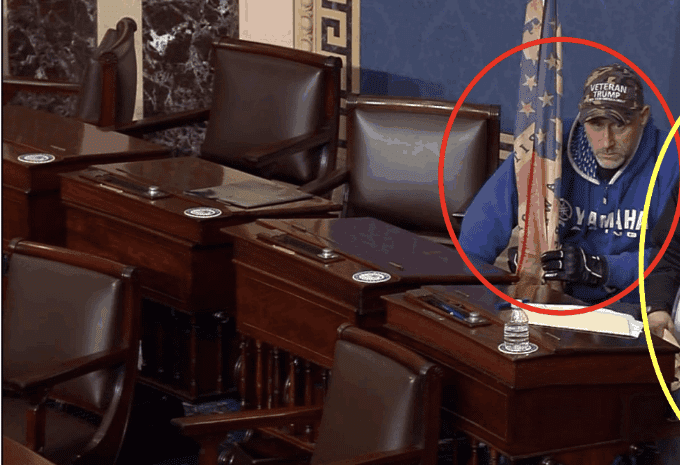
Central Pa. man found guilty of assaulting officers during Jan. 6 attack
Joseph Pastucci of Cumberland County stormed the U.S. Capitol with his wife, who kicked a Capitol Police officer in the groin as they were trying to...
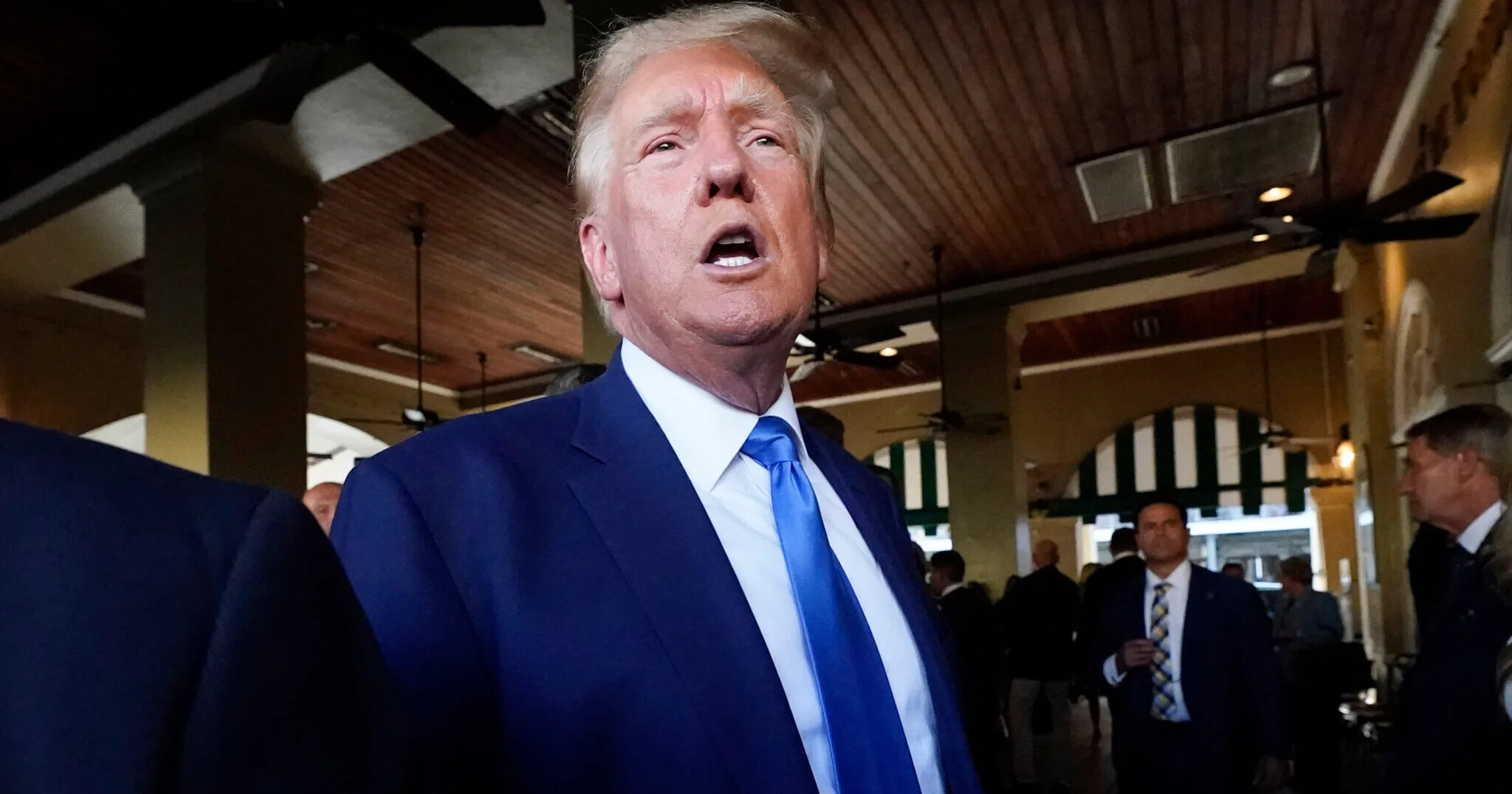
Republicans’ Latino outreach offices missing in 2024
Republicans once looked at organizing in Pennsylvania’s Black and Latino communities, but now their presence is non-existent. While the Biden...

Bob Casey warns about Supreme Court’s attacks on workers and unions
US Sen. Bob Casey is warning Pennsylvania voters that the US Supreme Court is coming for the right to organize. Corporate greed and workers’ rights...
Local News
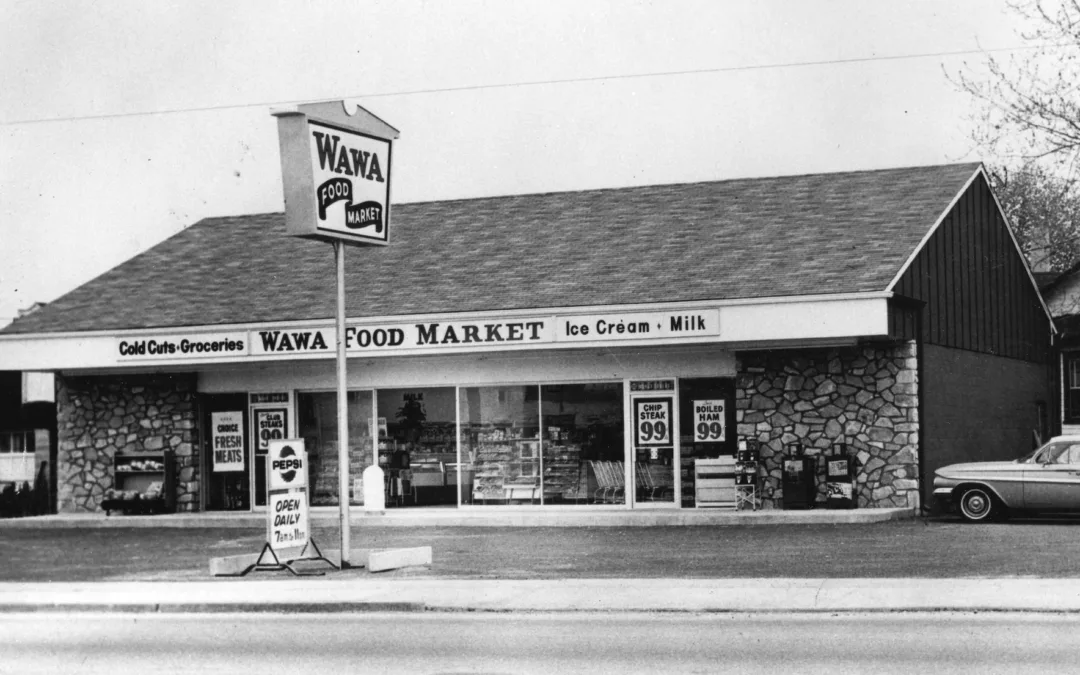
What do you know about Wawa? 7 fun facts about Pennsylvania’s beloved convenience store
Wawa has 60 years of Pennsylvania roots, and today the commonwealth’s largest private company has more than 1,000 locations along the east coast....

Conjoined twins from Berks County die at age 62
Conjoined twins Lori and George Schappell, who pursued separate careers, interests and relationships during lives that defied medical expectations,...




